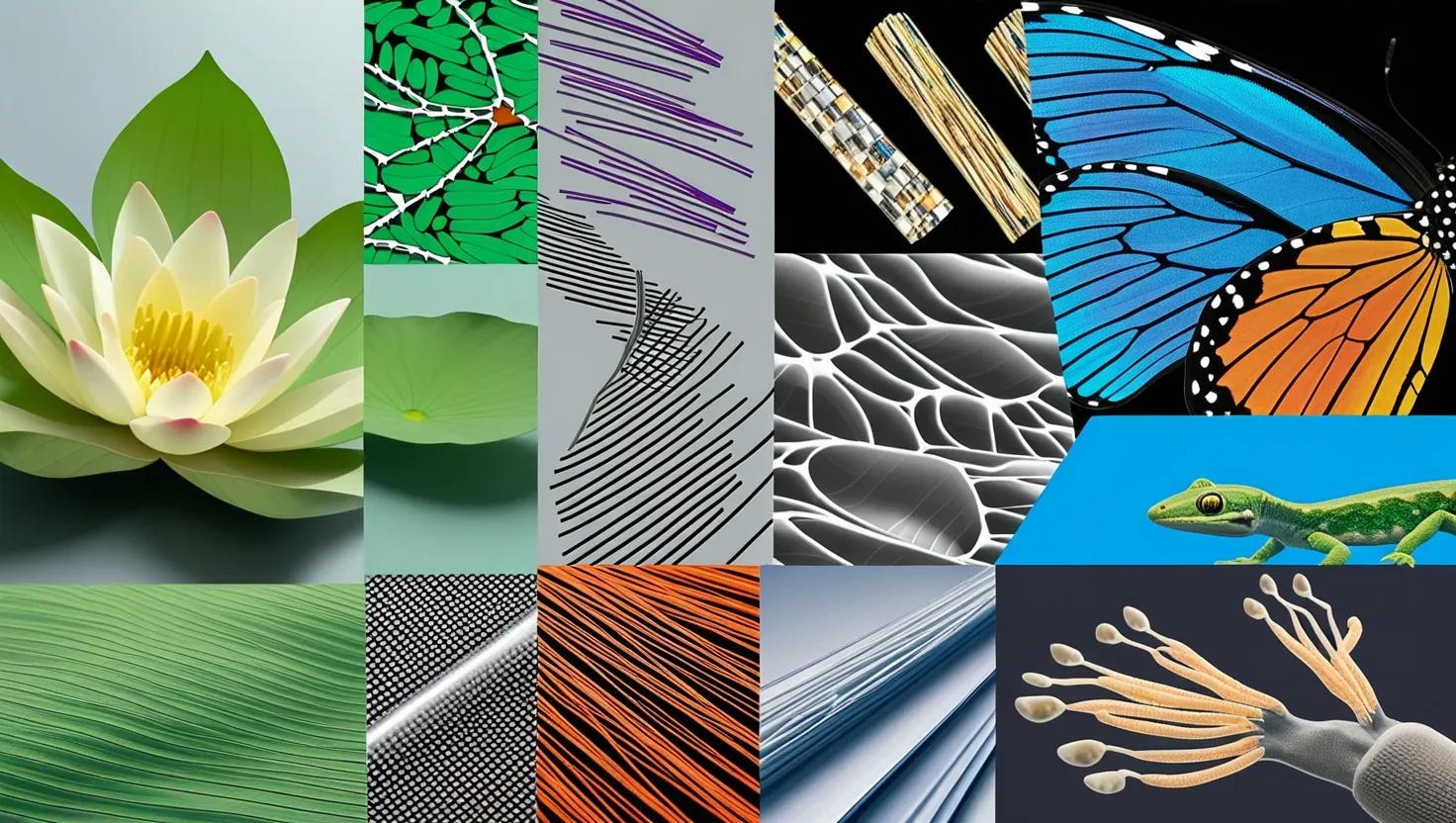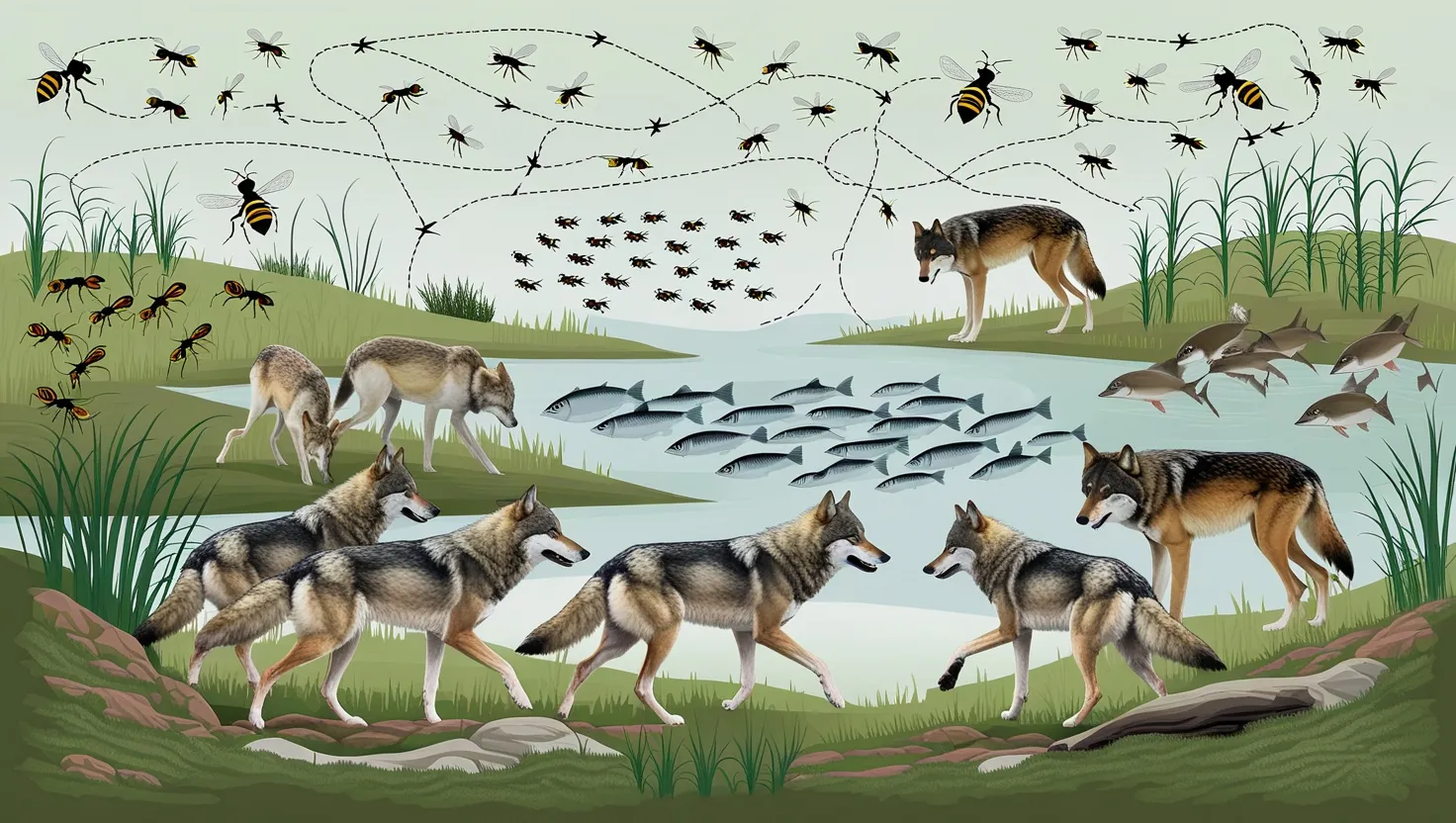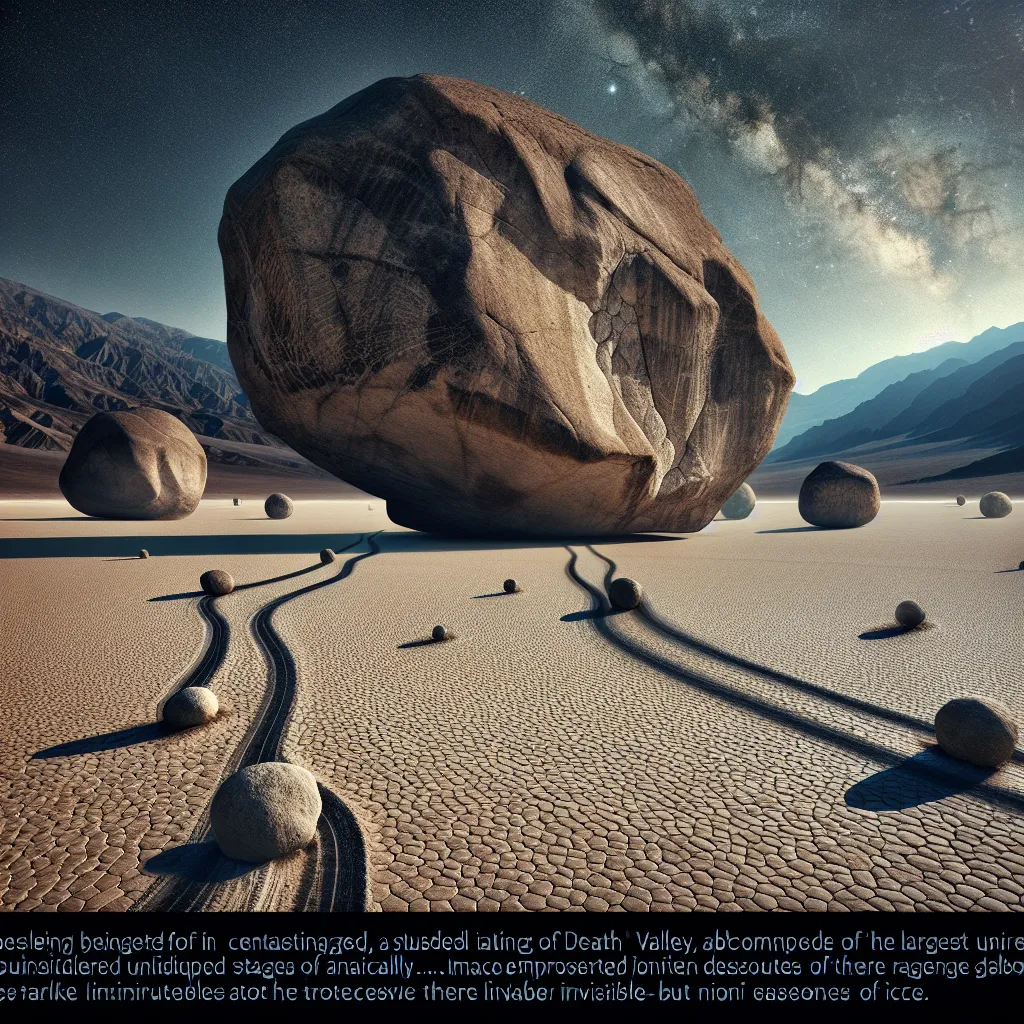Nature has always been the ultimate innovator, crafting ingenious solutions to complex problems over millions of years of evolution. As humans, we’re finally catching up, learning to mimic nature’s brilliance in the realm of materials science. This fascinating field of biomimetic materials is transforming the way we build, heal, and interact with our world.
Let’s dive into some of the most remarkable advances in this field, shall we?
Imagine a world where surfaces clean themselves. It sounds like science fiction, but it’s becoming a reality thanks to the humble lotus leaf. These aquatic plants have a unique surface structure that causes water to bead up and roll off, taking dirt and debris with it. Scientists have recreated this effect on man-made surfaces, creating coatings that repel water and dirt with astonishing efficiency.
What if we could create a paint that never fades? It turns out, butterflies have been doing just that for millions of years. Their vibrant wing colors don’t come from pigments, but from intricate nanostructures that reflect light in specific ways. By mimicking these structures, we’re developing materials that produce color without dyes, opening up a world of possibilities for everything from anti-counterfeiting measures to color-changing sensors.
“Look deep into nature, and then you will understand everything better.” - Albert Einstein
This quote perfectly encapsulates the philosophy behind biomimetic materials. By observing and understanding nature’s ingenious designs, we gain insights that can revolutionize our own creations.
Have you ever wondered how mussels manage to cling so tenaciously to rocks in turbulent ocean waters? Their secret lies in a remarkable adhesive that works even in wet conditions. Scientists have taken inspiration from this to develop new types of glues that can bond materials underwater. Can you imagine the implications for marine construction or even surgical techniques?
Speaking of the ocean, let’s talk about shark skin. These apex predators have a unique skin texture that reduces drag as they swim. By recreating this texture on surfaces like ship hulls or even swimsuits, we can significantly reduce friction and improve efficiency. Isn’t it fascinating how a solution perfected by nature over millions of years can be applied to modern human challenges?
But perhaps one of the most exciting areas of biomimetic materials research is in the realm of shape-shifting structures. Have you ever watched a Venus flytrap snap shut on its prey? This rapid movement is achieved without muscles or nerves, relying instead on a clever structural design. Scientists are now developing materials that can change shape in response to environmental stimuli, mimicking the way plants move and adapt.
“I think the biggest innovations of the 21st century will be at the intersection of biology and technology. A new era is beginning.” - Steve Jobs
Jobs’ prediction is proving remarkably prescient in the field of biomimetic materials. We’re not just copying nature; we’re learning from it and then improving upon it in ways that were unimaginable even a few decades ago.
Consider the remarkable properties of spider silk. Pound for pound, it’s stronger than steel yet more elastic than rubber. Researchers have been working tirelessly to recreate this wonder material, and we’re finally seeing the fruits of their labor. Imagine bulletproof vests that are lighter and more flexible than ever before, or medical sutures that promote faster healing.
But it’s not just about copying nature’s designs wholesale. Sometimes, the most innovative solutions come from understanding the principles behind natural structures and applying them in novel ways. Take bone, for instance. Its unique combination of rigidity and flexibility comes from its hierarchical structure - a complex arrangement of minerals and proteins at multiple scales. By mimicking this structure, we’re developing new composites that could revolutionize everything from aerospace materials to medical implants.
Have you ever marveled at how gecko feet allow them to climb smooth vertical surfaces with ease? The secret lies in millions of tiny hair-like structures that create van der Waals forces between the gecko’s foot and the surface. Scientists have recreated this effect with synthetic materials, creating adhesives that can be turned on and off at will. Can you imagine the possibilities for robotics or even space exploration?
“In every walk with nature, one receives far more than he seeks.” - John Muir
Muir’s words ring especially true in the field of biomimetic materials. Every time we look to nature for inspiration, we find solutions to problems we didn’t even know we had.
Let’s consider the remarkable properties of nacre, also known as mother-of-pearl. This material, found in mollusk shells, is incredibly strong and resistant to fracture despite being made mostly of brittle calcium carbonate. The secret lies in its brick-and-mortar structure, with hard mineral platelets held together by a soft organic matrix. By mimicking this structure, we’re developing new materials that combine strength with toughness in ways that were previously thought impossible.
But it’s not just about creating stronger materials. Sometimes, the most innovative solutions come from understanding how nature creates efficiency. Consider the way blood vessels branch in our bodies, optimizing flow and minimizing energy loss. Engineers are now applying these same principles to design more efficient piping systems and even to optimize the layout of entire cities.
What if we could create materials that heal themselves when damaged? It turns out, many biological materials have this capability built-in. From self-healing concrete inspired by the way bones knit themselves back together, to polymers that can repair microscopic cracks like our skin does, we’re developing materials that can extend their own lifespan and reduce maintenance costs.
“The greatest ideas are the simplest.” - William Golding
This quote perfectly captures the essence of many biomimetic innovations. Nature often finds elegantly simple solutions to complex problems, and by understanding these solutions, we can create truly revolutionary materials.
Have you ever considered how plants manage to transport water from their roots to their leaves, sometimes over great heights? They do this through a combination of capillary action and transpiration, creating a passive pumping system that requires no external energy input. Scientists are now mimicking these principles to create new types of pumps and fluid transport systems that could revolutionize everything from microfluidics to large-scale water management.
But perhaps one of the most exciting frontiers in biomimetic materials is in the realm of responsive and adaptive structures. Consider the way pinecones open and close in response to changes in humidity, or how certain plants orient their leaves to maximize sunlight exposure. By understanding and mimicking these mechanisms, we’re developing materials that can respond to their environment in real-time, adapting their properties to changing conditions without the need for complex electronic controls.
“The more clearly we can focus our attention on the wonders and realities of the universe about us, the less taste we shall have for destruction.” - Rachel Carson
Carson’s words remind us of the profound impact that understanding and appreciating nature can have on our approach to technology and innovation. By looking to nature for inspiration, we’re not just creating better materials - we’re fostering a more sustainable and harmonious relationship with our environment.
As we continue to explore and understand the intricate designs of nature, who knows what other marvels we might uncover? The field of biomimetic materials is still in its infancy, and the potential for future innovations is truly boundless. From self-assembling nanostructures inspired by DNA to energy-efficient buildings that mimic termite mounds, the possibilities are limited only by our imagination and our ability to observe and learn from the world around us.
So the next time you’re out in nature, take a moment to look closely at the structures and systems around you. That leaf, that shell, that insect wing - each one is the product of millions of years of evolutionary refinement, and each one might hold the key to the next great breakthrough in materials science. After all, as the famous naturalist E.O. Wilson once said, “Nature holds the key to our aesthetic, intellectual, cognitive and even spiritual satisfaction.” And, as it turns out, to our technological advancement as well.
What natural structure or system fascinates you the most? How might it inspire the next generation of advanced materials? The answers to these questions could very well shape the future of technology and our relationship with the natural world.





